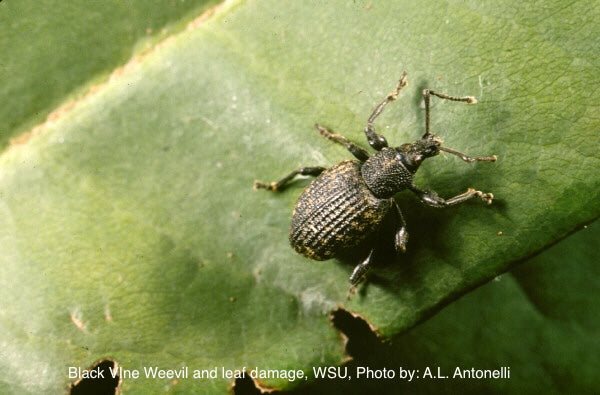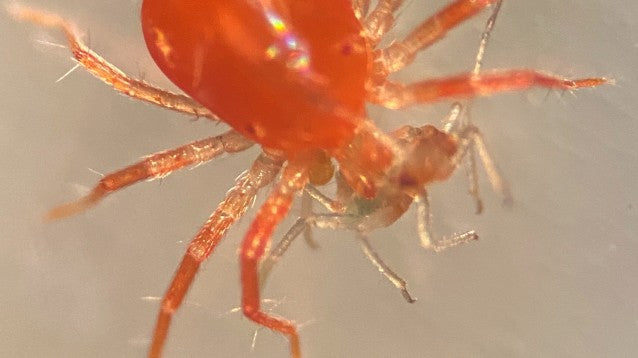- HOME
- ALL PRODUCTS
-
PEST CONTROL
- Aphid Control
- Azalea Lace Bug Control
- Beetle Control
- Brown Marmorated Stinkbug Control
- Caterpillar Control
- Earwig Control
- Flea Control
- Fly Control
- Fungus Gnat & Shore Fly Control
- Gall Midge Control
- Grasshopper & Cricket Control
- Leafhopper Control
- Leaf Miner Control
- Mealybug & Scale Control
- Mite Control
- Psyllid Control
- Thrips Control
- Whitefly Control
- Wireworm Control
- Weevil Control
- DISEASE CONTROL
- BIOSTIMULANTS & NUTRIENTS
- SUPPLIES
- RESOURCES
- ABOUT
- BLOG


